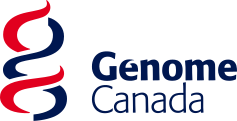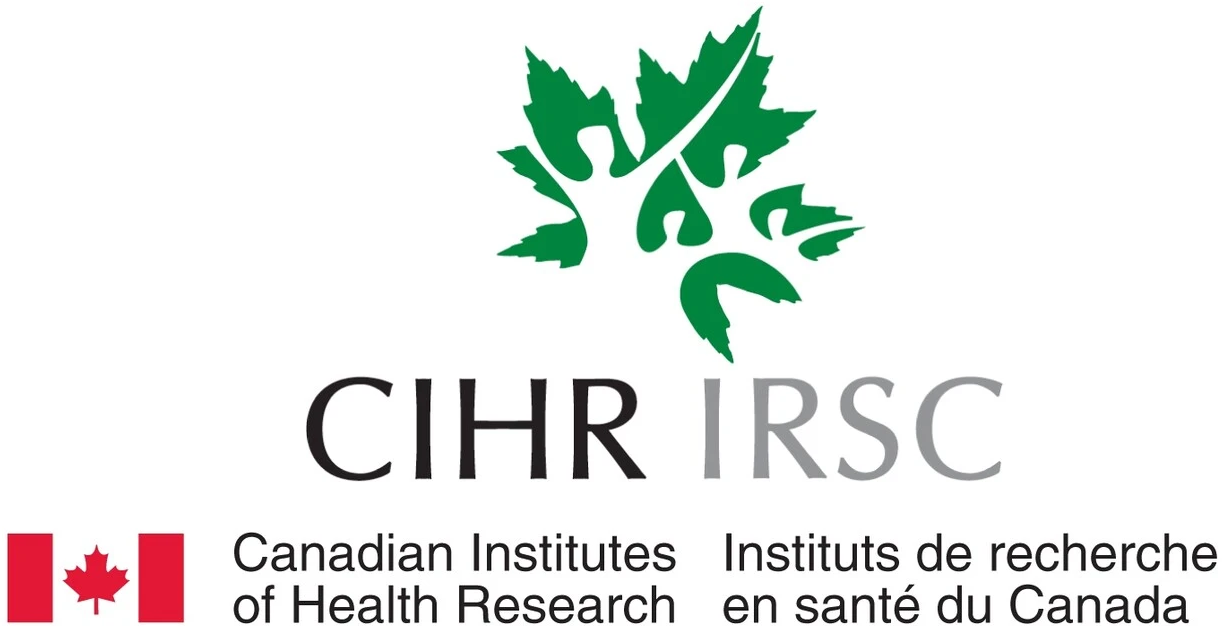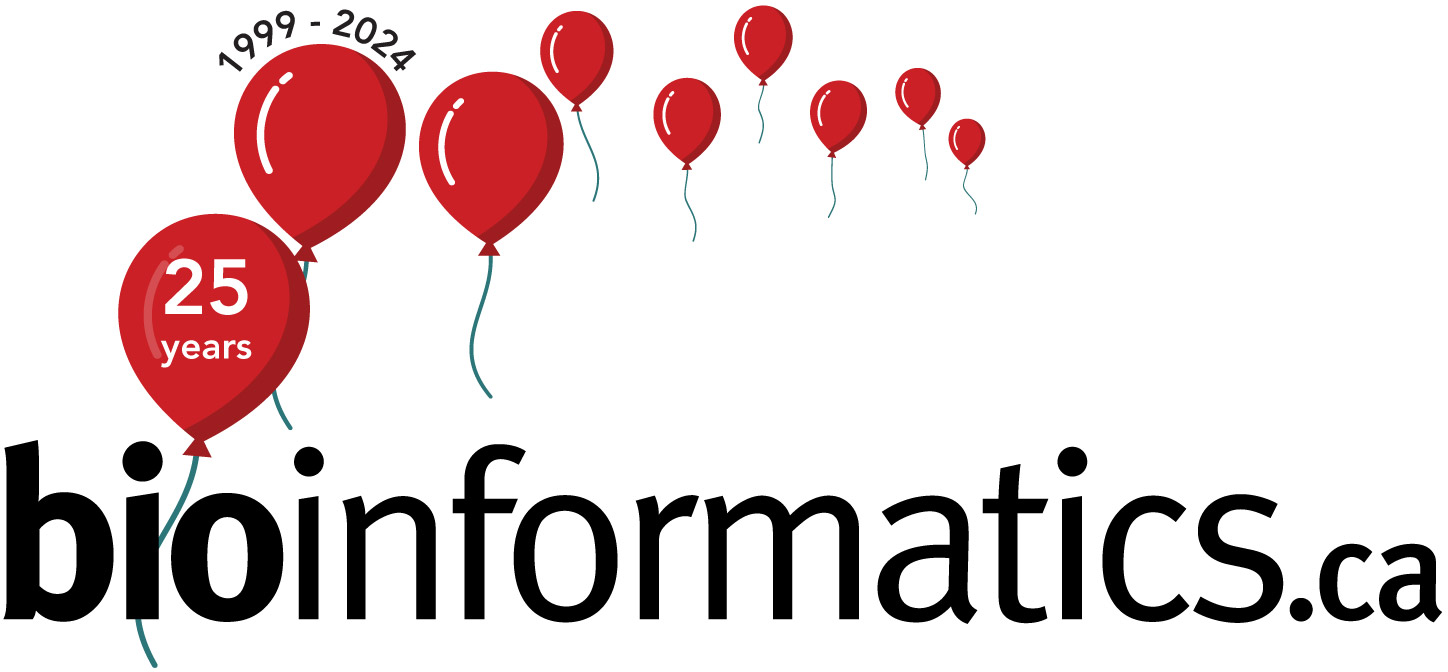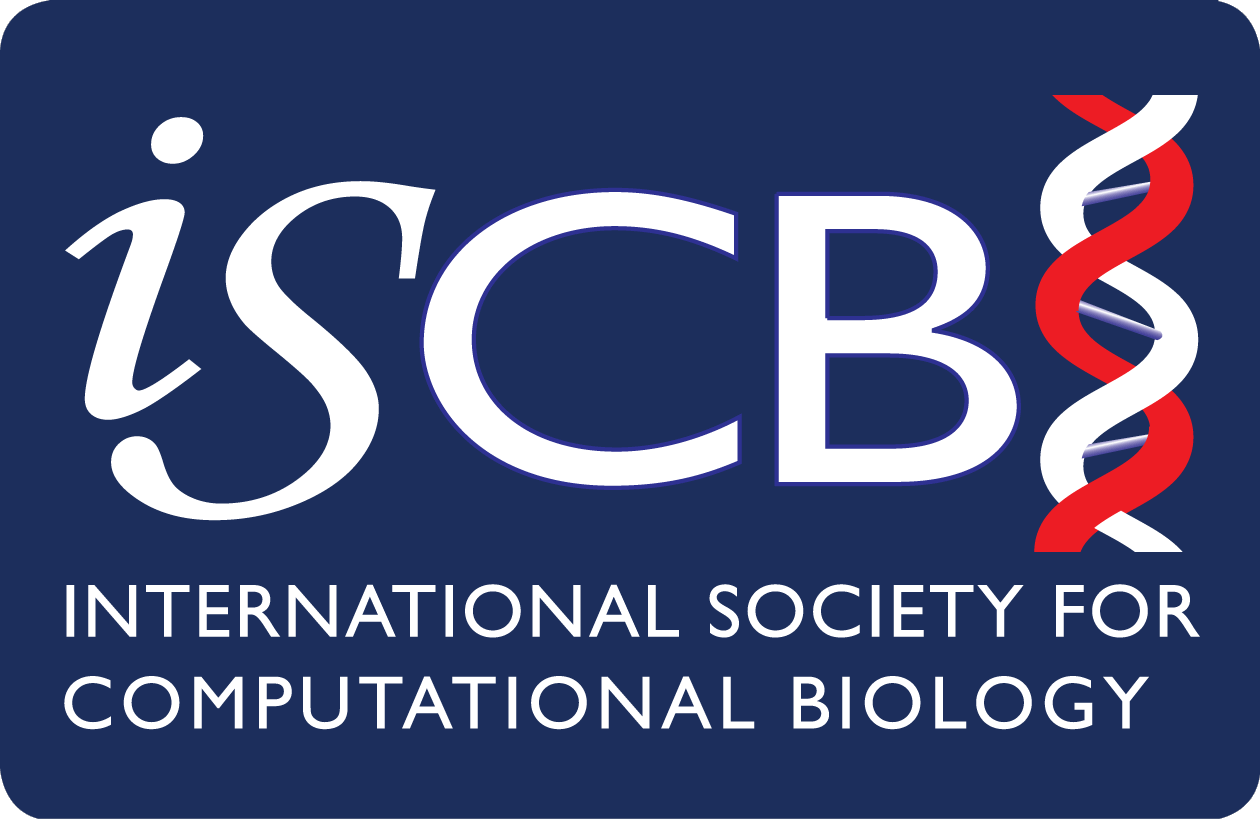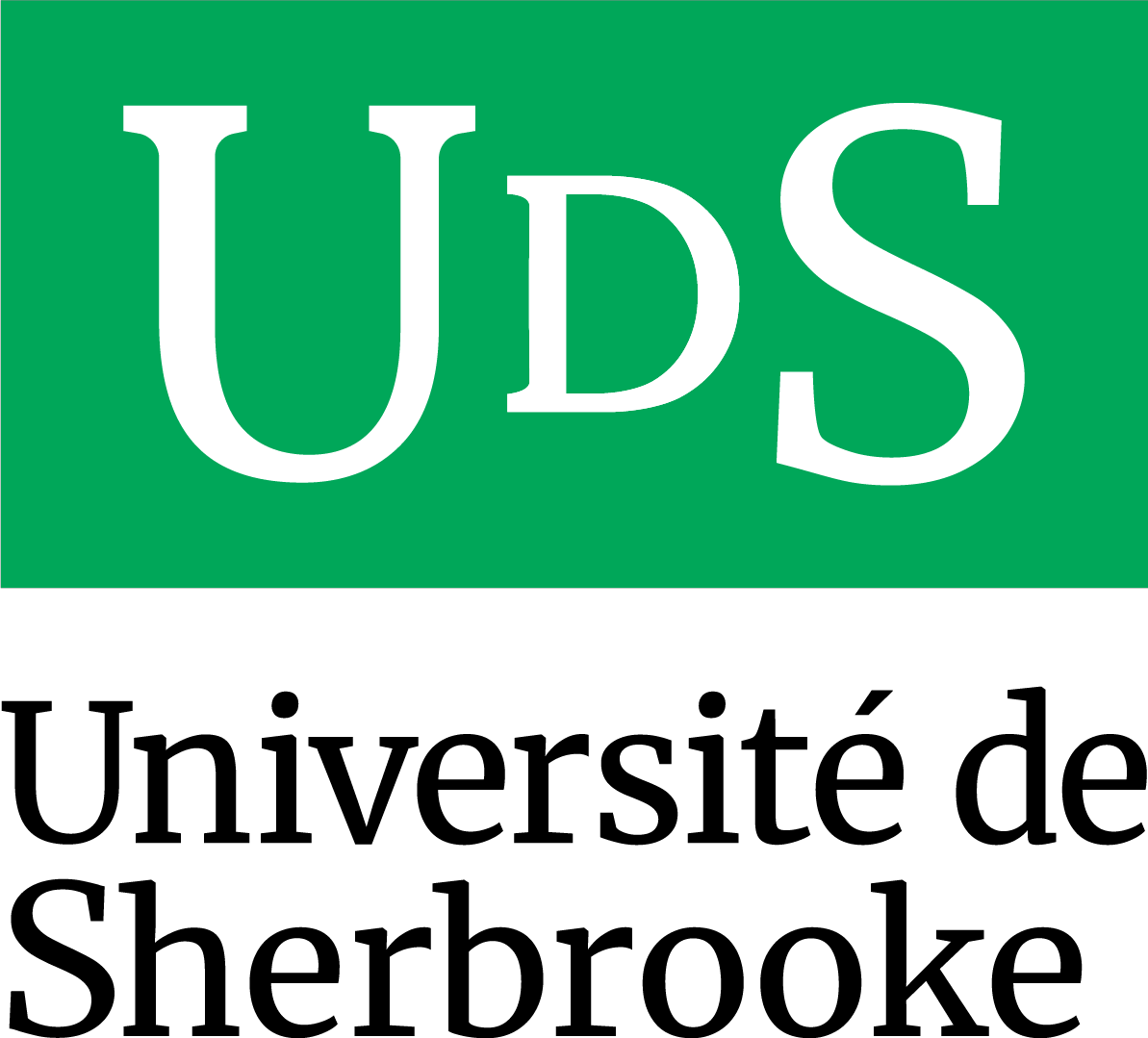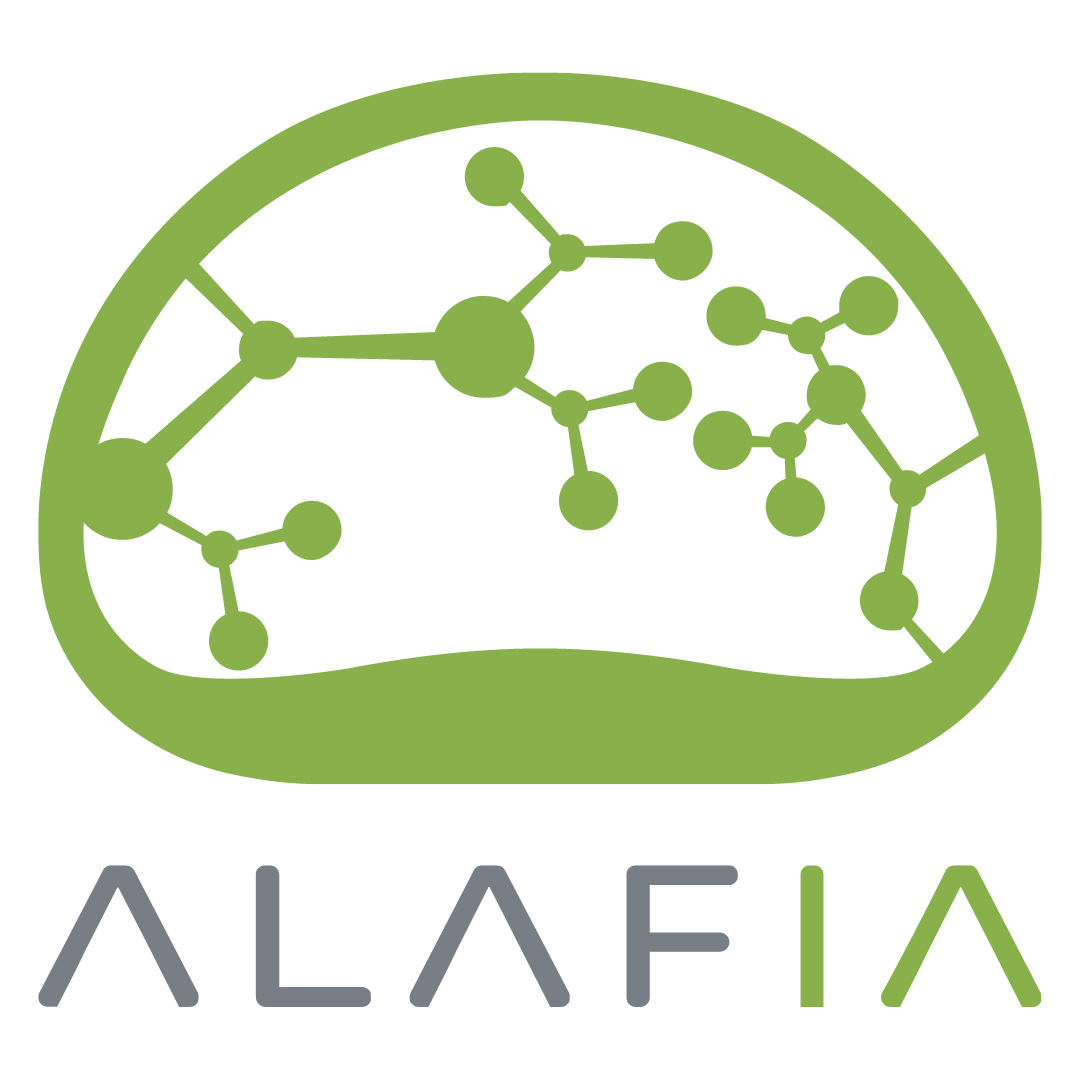Links within this page: Fiona S. L. Brinkman | Tandy Warnow | Guillaume Bourque | Martin Steinegger | Su-In Lee
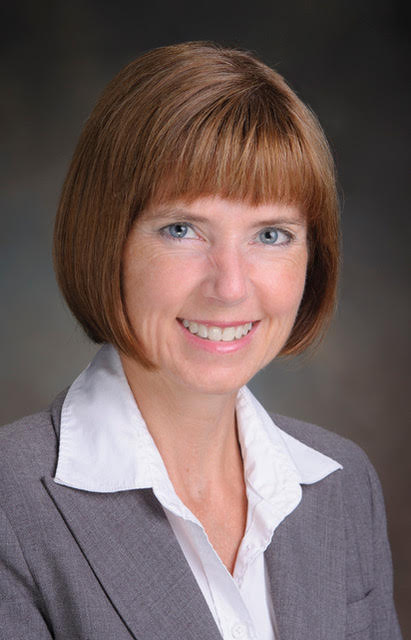 Fiona S. L. Brinkman
Fiona S. L. Brinkman
Simon Fraser UniversityCanada
https://brinkmanlab.ca/
Introduced by: Terry Gaasterland
Time: Friday, July 12, 2024 at 18:30
Room: 517d
Sensitive Sustainable Science
How do we sustainably maintain and further develop bioinformatics and computational biology (BCB) software, databases and tools, in the face of short <5 year periods of funding support? How do we promote open data and open science in a way that best effects positive change and avoids causing unwitting harm on communities? Using some historical data and also my recent research as examples, I’ll review how open science is evolving, building on FAIR (findable, accessible, interoperable, reusable) with also, for example, CARE (Collective Benefit, Authority to Control, Responsibility, Ethics) as Principles for Indigenous Data Governance. I’ll review this and other principles in the context of both microbial data, as well as human cohort data, presenting some approaches to research that can support more sustainable, inclusive science that can potentially better lead to positive change. While there is no one size fits all solution, there are some common themes and considerations that we as a BCB community should discuss - and ideally incorporate into BCB training programs.
Biography
Fiona Brinkman is a Distinguished Professor in Bioinformatics and Genomics at Simon Fraser University, interested in developing more preventative, sustainable, and holistic approaches for infectious disease control and supporting health. She is most known for R&D of software and databases aiding analysis of microbial and human omics data, including PSORT, IslandViewer, Pseudomonas.com, and InnateDB.com. She leads data integration for the CHILD Cohort Study – the largest multidisciplinary, longitudinal, population-based birth cohort study in Canada, including diverse omics data. She has co-led development of the IRIDA.ca platform, which is now the primary platform for Canada’s Public Health Agency to analyze infectious disease outbreaks using combined epidemiological/lab/genomics data. She contributed to the pandemic response, co-leading Data Analytics for the Canadian COVID-19 Genomics Network and more recently CoVaRR-Net. She has a strong interest in bioinformatics education and mentoring young scientists. She is on several committees/Boards, including the ELIXIR and European Nucleotide Archive Scientific Advisory Boards. Her awards include a TR100 award from MIT, Thompson Reuters “World’s Most Influential Scientific Minds”, and most recently she received a University of Waterloo Distinguished Alumni Award and became a Fellow of the Royal Society of Canada.
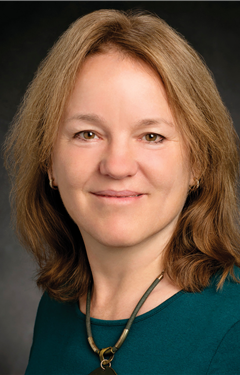 ISCB Accomplishments by a Senior Scientist Award Winner
ISCB Accomplishments by a Senior Scientist Award Winner
Tandy Warnow
University of Illinois Urbana-ChampagneUSA
https://cs.illinois.edu/about/people/faculty/warnow
Introduced by: Aïda Ouangraoua
Time: Saturday, July 13, 2024 at 09:00
Room: 517d
Progress in Large-Scale Phylogenomic Estimation Methods
Over the last several years, interest in computing and then using large-scale phylogenies has increased for multiple reasons, including basic science (how did life evolve on earth) and applications in biomedicine and public health (e.g., understanding the evolution of SARS-Cov-2). The estimation of these large phylogenies, wiith potentially millions of leaves, presents fascinating mathmetical, statistical, and computational challenges, ranging from computing multiple-sequence alignments, developing effective heuristics to NP-hard optimization problems (e.g., maximum likelihood tree estimation) on large datasets), estimating species trees from genome- scale data while addressing biological causes for heterogeneity (e.g., gene duplication and loss and incomplete lineage sorting) across the genome). There are also many fascinating and difficult problems that have to do with “post-tree” analyses, such as rooting gene trees and species trees, or estimating branch lengths in species trees and dates at internal nodes, that are needed for many down-stream analyses. In this talk I will describe progress on these questions, and I will also present some open problems where new techniques are needed.
Biography
Dr. Warnow received her PhD in Mathematics at UC Berkeley (1991) under the direction of Gene Lawler, and did postdoctoral training with Simon Tavare and Michael Waterman at the University of Southern California (1991-1992). After positions at Sandia National Laboratories (1992-1993), University of Pennsylvania (1993-1998), and the University of Texas (1998-2014), she joined the University of Illinois at Urbana-Champaign as a Founder Professor of Engineering. She is now Associate Head for Computer Science, and has affiliate faculty appointments in Bioengineering, Electrical and Computer Engineering, Mathematics, Statistics, and several biology departments.
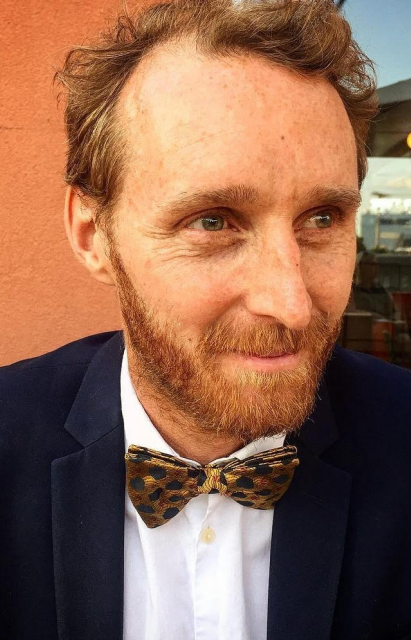 Guillaume Bourque
Guillaume Bourque
McGill UniversityCanada
https://computationalgenomics.ca/BourqueLab/
Introduced by: Francis Ouellette
Time: Sunday, July 14, 2024 at 09:00
Room: 517d
Human genome 2.0 : why a pangenome graph is better for genetic and epigenetic analyses
Genomic analyses often start by mapping reads to a reference genome. But, in every individual, there are DNA variants and sequences that are unique to that individual and reads coming from those regions will often be ignored. Thankfully, progress in long-read technologies and assembly can now efficiently deliver telomere-to-telomere genomes. Applying such approaches to a diverse panel of individuals combined with the development of graph-based genomic tools, the Human Pangenome Reference Consortium has just released the first human pangenome reference graph. This new resource is meant to alleviate the limitations of relying on a single linear human genome as the first step of most genetic and epigenetic analyses. In this talk, I will summarize some of the benefits of using the pangenome reference. In particular, I will show how this new reference can be used to extract missing signal when looking for genetic variants in a rare disease cohort called Genomic Answers for Kids. I will also describe the results of a new study using a genome-graph looking at epigenetic changes before and after influenza infection in monocyte-derived macrophages extracted from more than 30 individuals of different ancestry. Finally, considering the importance of data sharing in genomics, I will introduce a project called the Pan-Canadian Genome Library, which will establish the framework for Canada’s management and sharing of human genomic data.
Biography
Dr. Bourque is a Professor in the Department of Human Genetics, a Canada Research Chair in Computational Genomics and Medicine and the Director of Bioinformatics at the McGill Genome Center. He leads the Canadian Center for Computational Genomics (C3G) and the Epigenomics Mapping Center at McGill. He is on the External Consultant Panel of two functional genomics consortia funded by the National Human Genome Research Institute in the US (ENCODE and IGVF). Dr. Bourque is also on the Scientific Steering Committee of the International Human Epigenome Consortium (IHEC) and on the Steering Committee of the Global Alliance for Genomics and Health (GA4GH). Dr. Bourque’s research interests are in comparative and functional genomics with a special emphasis on applications of next-generation sequencing technologies and transposable elements.
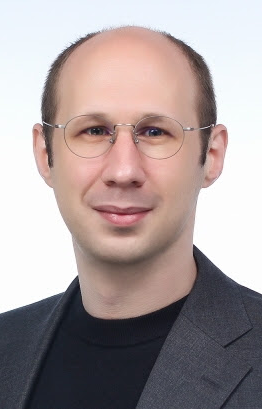 ISCB Overton Award Winner
ISCB Overton Award Winner
Martin Steinegger
Seoul National universitySouth Korea
https://steineggerlab.com/en/
Introduced by: Christine Orengo
Time: Monday, July 15, 2024 at 09:00
Room: 517d
Supercharged Protein Analysis in the Era of Accurate Structure Prediction
Abstract: Protein analysis has witnessed a revolution through machine-learning methods. At the forefront are highly accurate structure prediction methods such as AlphaFold2 and ESMFold. These have generated an avalanche of publicly available protein structures. The AlphaFold database and ESMatlas contain over 214 and 620 million predicted structures, respectively, covering nearly every protein sequence in our largest protein reference databases. This unprecedented access to structural information is not just critical for structural biology but impacts most fields of biology. In this talk, I will discuss how this data is revolutionizing genomic and proteomic annotations and introduce fast and sensitive methods to search and cluster this data to extract new biological insights.
Biography
Dr. Steinegger is an Assistant Professor in the Biology Department at Seoul National University, with a joint appointment to the Interdisciplinary Program in Bioinformatics. He conducted his doctoral studies at the Max Planck Institute for Biophysical Chemistry and was awarded a Ph.D. in computer science with summa cum laude honors from the Technical University of Munich in 2018, followed by a postdoctoral fellowship at Johns Hopkins University. Dr. Steinegger has published more than 40 papers covering a wide range of topics in bioinformatics, from detecting genomic assembly contamination to organizing the protein structure space.
He started his research group in 2020, focusing on the development of methods to analyze massive genomics and proteomic datasets. The group's contributions to bioinformatics include widely used tools for predicting structures (ColabFold/AlphaFold2), clustering (Linclust), assembling (Plass), and searching sequences (MMseqs2) and protein structures (Foldseek). His group's software and web services have been installed and used millions of times. Dr. Steinegger is an advocate for internationality at his home institution, open science and open source.
ISCB Innovator Award Winner
Su-In Lee
University of WashingtonUSA
https://suinlee.cs.washington.edu/su-in-lee
Introduced by: Karin Verspoor
Time: Tuesday, July 16, 2024 at 16:00
Room: 517d
Explainable AI for health: where we are and how to move forward
The first part of my talk delves into various research endeavors conducted by my lab, focusing on explainable AI's application across diverse biomedical domains. I will demonstrate how explainable AI can elucidate novel scientific inquiries, with a primary emphasis on understanding neurodegenerative diseases and biological age.
In the second part, we will explore the evolving landscape of explainable AI, uncovering its potential to chart new scientific directions in biomedicine, exemplified by our recent work in dermatology, emergency medicine, and precision cancer medicine. This discussion aims to shed light on the necessary enhancements for explainable AI to effectively tackle a wide array of real-world challenges in biomedicine.
Biography
Prof. Su-In Lee, the Paul G. Allen Professor of Computer Science at UW, earned her PhD from Stanford University in 2009 under the mentorship of Prof. Daphne Koller. She joined UW in 2010 after serving as a visiting Assistant Professor in the Computational Biology Department at Carnegie Mellon University School of Computer Science. Recognized for her groundbreaking contributions to AI, biology, and medicine, Prof. Lee has received prestigious accolades including the National Science Foundation (NSF) CAREER Award, the International Society for Computational Biology (ISCB) Innovator Award, and the Samsung Ho-Am Prize, often referred to as the "Korean Nobel Prize," and designation as an American Cancer Society (ACS) Research Scholar and a Fellow of American Institute for Medical and Biological Engineering (AIMBE). Notably, she is recognized as a pioneer and trailblazer in explainable AI (XAI), significantly enhancing ML model interpretability.
Prof. Lee's recent contributions revolve around essential XAI principles and techniques, including her groundbreaking SHAP framework. Her innovative biomedical research spans basic biology to clinical medicine, enabled by XAI advancements. Conceptually advancing the integration of AI with biomedicine, her work addresses forward-looking scientific questions, enabling novel discoveries from high-throughput molecular data and electronic health records and advancing healthcare. This pioneering line of work has led to highly cited publications across foundational AI, computational molecular biology, and clinical medicine.


